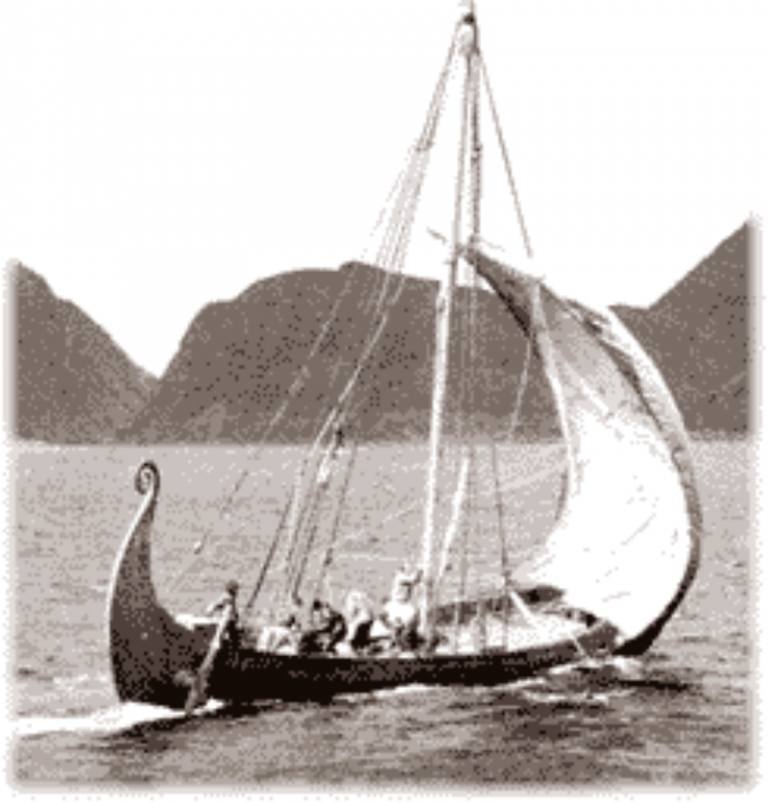A BRIEF HISTORY OF CANVAS
Canvas is a heavy, closely woven fabric used for making sails, tents, covers, awnings and other functions where sturdiness is required. Typical weights range from 10 to 50 ounces per square yard.

The word ‘canvas’ is derived from the Arabic word for cannabis, a Latin word meaning ‘hemp’. In earlier times, hemp was popularly used to make canvas. Modern canvas is usually made of cotton, linen or synthetic materials. Canvas has a very simple weave – the weft thread just goes over one warp thread and under the next. Canvas is very hard-wearing, generally water-resistant.
The use of correct synthetic materials can also provide an excellent weather-resistant canvas fabric. This has made it an ideal choice for architectural, industrial and marine applications.
Hemp is thought to be the oldest fiber-yielding plant. People in China were making cloth out of hemp fiber around 3,000 B.C. Hemp fiber has great strength and makes good ropes and cordage. By 1500 B.C., the natives of India were weaving cotton into fabrics. The Saracens and Moors brought cotton from North Africa to Europe in the eighth century.
In Barcelona and Venice, cotton was made into cloth for the sails of ships. The cotton canvas was quickly adapted by boatbuilders throughout Europe. Modern sails are made out of synthetic materials generally known as sailcloth.
The oldest company in America, J. E. Rhoads & Sons, was founded in 1702. The firm got its start making canvas conveyor belts and flat belts for water mills. The company is still in business today; it’s as sturdy as canvas, you might say.





